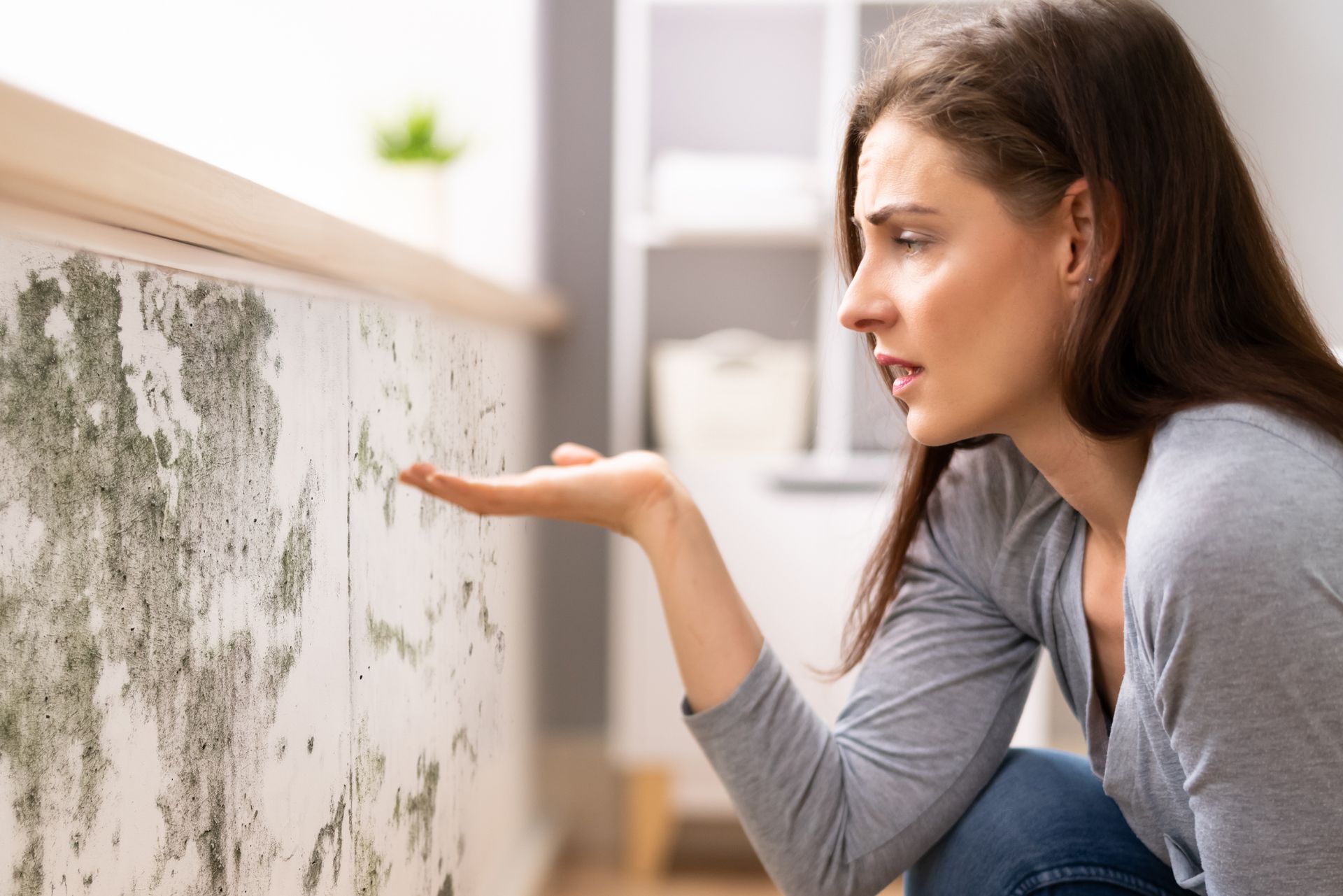
Mold spores are everywhere. They can trigger allergic reactions. Managing these symptoms is key. Prevention also plays a vital role. Don’t let mold impact your health.
Understanding Mold Allergies
Mold allergies cause various symptoms. Understanding mold allergies is a first step. Your immune system overreacts to spores. It sees them as harmful invaders. This triggers an allergic response. You might experience sneezing or itching. It’s similar to pollen allergies.
Spores are tiny and airborne. You breathe them in easily. They thrive in damp, humid places. Outdoors, they grow on rotting leaves. Indoors, they love basements and bathrooms. Awareness helps identify triggers.
Common Allergic Reactions
Symptoms can range from mild to severe. Common allergic reactions include sneezing. You might have a runny or stuffy nose. Itchy, watery eyes are very typical. A scratchy throat often occurs. Coughing is also a frequent complaint.
Skin rashes can sometimes develop. Breathing difficulties may arise. Asthma symptoms can worsen dramatically. Wheezing and shortness of breath are serious. These reactions vary by person. Pay attention to your body’s signals.
Identifying Mold Indoors
Mold often hides in plain sight. Identifying mold indoors is crucial. Look for musty odors, a common sign. Visible patches might appear green or black. Check damp areas like basements. Bathrooms are prone to mold growth.
Under sinks or behind wallpaper, it hides. Leaky pipes create ideal conditions. Poor ventilation traps moisture. Damp carpets or upholstery harbor spores. A professional can help detect hidden mold. Don’t ignore musty smells.
Controlling Indoor Humidity
Humidity control is essential. Controlling indoor humidity starves mold. Mold needs moisture to grow. Aim for humidity below 60%. A dehumidifier helps greatly in damp areas. Use it in basements and crawl spaces.
Ensure good ventilation throughout your home. Open windows when possible. Use exhaust fans in bathrooms. Dry clothes completely before storing. Fix leaky faucets and pipes promptly. Dry wet areas within 24-48 hours.
Cleaning Mold Safely
Cleaning mold needs proper precautions. Cleaning mold safely protects you. Wear gloves, goggles, and a mask. This prevents spore inhalation. Use a detergent and water solution. Scrub affected surfaces thoroughly.
For small areas, bleach can work. Mix 1 cup bleach with a gallon water. Never mix bleach with ammonia. This creates toxic fumes. For large areas, call a professional. Don’t spread spores unknowingly.
Improving Home Ventilation
Good airflow reduces mold growth. Improving home ventilation is key. Open windows and doors when weather permits. Use bathroom and kitchen exhaust fans. Ensure they vent outside, not into attics. Portable fans can circulate air.
Consider installing a whole-house fan. Proper attic and crawl space venting helps. Cross-ventilation prevents stagnant air. Air movement dries out dampness. It reduces spore concentration indoors. A well-ventilated home is healthier.
Reducing Outdoor Exposure
Outdoor mold thrives in certain seasons. Reducing outdoor exposure helps. Mold counts are often highest in late summer. They peak in the fall too. Raking leaves can release many spores. Wear a mask when doing yard work.
Stay indoors when mold counts are high. Check local allergy forecasts. Keep windows closed during high mold days. Consider a HEPA filter for your home. It traps outdoor spores effectively. Clean gutters regularly to prevent decay.
Air Filtration Systems
Good filters capture mold spores. Air filtration systems can help. A HEPA filter is very effective. It removes tiny particles from the air. Use one in your furnace and AC. Change filters regularly, as directed.
Portable air purifiers are useful. Place them in bedrooms or living areas. They clean the air you breathe most. Ensure they have a true HEPA filter. These systems reduce airborne allergens. They make indoor air healthier.
Antihistamines for Relief
Antihistamines reduce allergy symptoms. Antihistamines for relief are common. They block histamine, a chemical. Histamine causes allergic reactions. Over-the-counter options are available. Loratadine or cetirizine are examples.
They relieve sneezing and runny nose. They also help with itchy eyes. Some cause drowsiness, so be aware. Non-drowsy options are available. Always follow dosage instructions. Consult your doctor if symptoms persist.
Nasal Sprays and Rinses
Nasal treatments offer direct relief. Nasal sprays and rinses are effective. Steroid nasal sprays reduce inflammation. They relieve congestion and sneezing. Use them regularly for best results. Saline rinses clear nasal passages.
They wash away irritants and mucus. Use distilled or sterile water only. Neti pots are popular for rinses. These provide immediate comfort. They reduce reliance on oral medications. Follow directions carefully for safe use.
Decongestants for Congestion
Decongestants clear stuffy noses. Decongestants for congestion are useful. They shrink swollen nasal passages. This helps you breathe more easily. Oral decongestants are available. Pseudoephedrine is a common type.
Nasal decongestant sprays work fast. Don’t use sprays for more than 3 days. This can cause rebound congestion. Consult your doctor for chronic issues. Decongestants don’t treat the allergy itself. They only relieve symptoms.
Immunotherapy Options
Immunotherapy offers long-term relief. Immunotherapy options retrain your immune system. Allergy shots are a common form. You receive small, increasing doses of allergen. This gradually builds tolerance. It reduces your sensitivity to mold.
Sublingual immunotherapy (SLIT) is also available. Tablets dissolve under your tongue. This is done at home daily. It’s an alternative to shots. Immunotherapy targets the root cause. It can provide lasting symptom reduction.
Seeking Professional Help
For severe cases, see a specialist. Seeking professional help is crucial. An allergist can perform tests. Skin prick tests identify specific allergens. Blood tests can also detect antibodies. They create a personalized treatment plan.
They might recommend specific medications. They can guide immunotherapy decisions. If you suspect hidden mold, call an expert. Mold remediation specialists can help. Don’t tackle large mold problems alone. Your health is worth protecting.
Controlling mold sources through humidity management and effective cleaning, alongside various symptom relief options, helps manage mold allergies for a healthier life.
